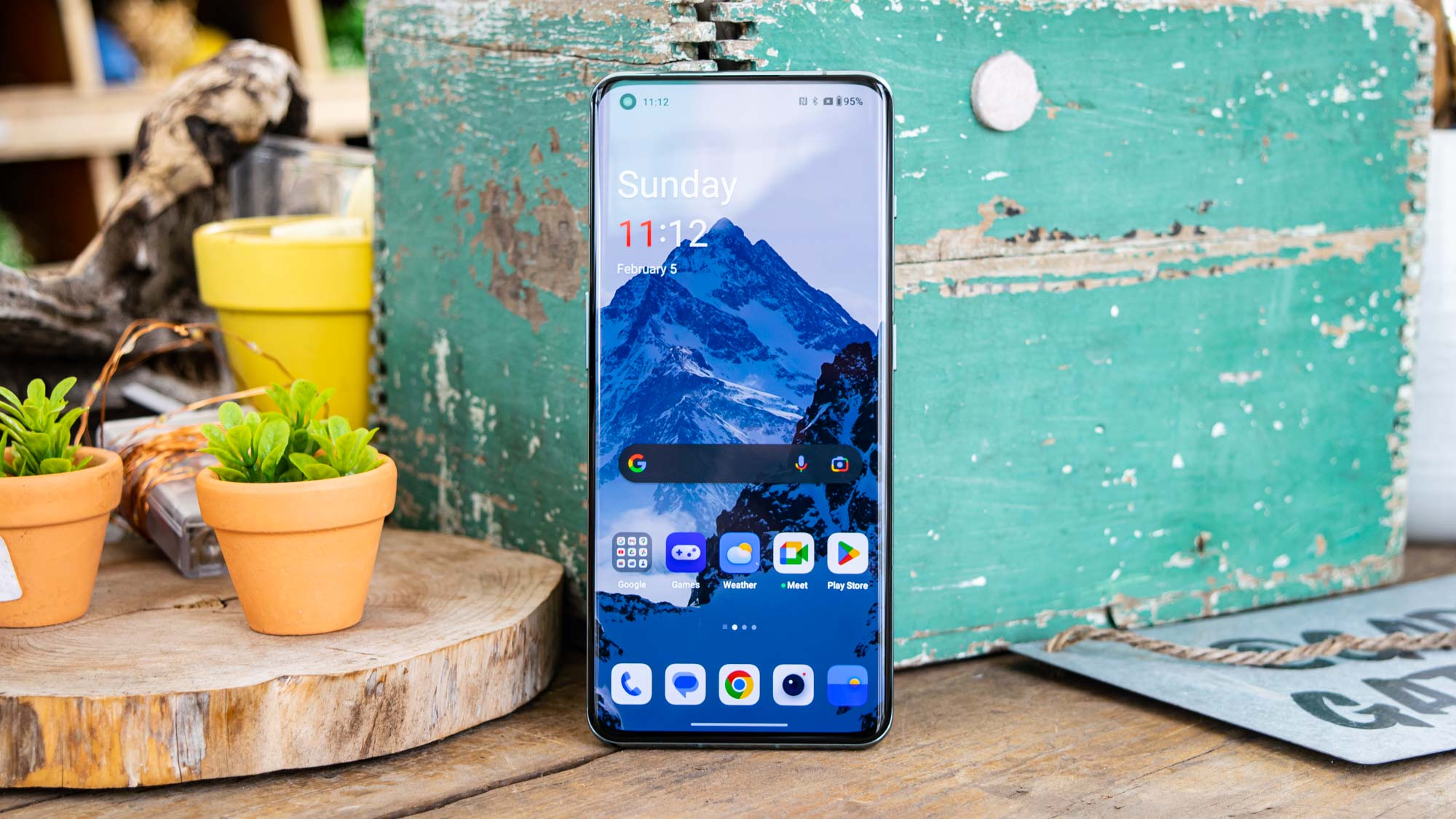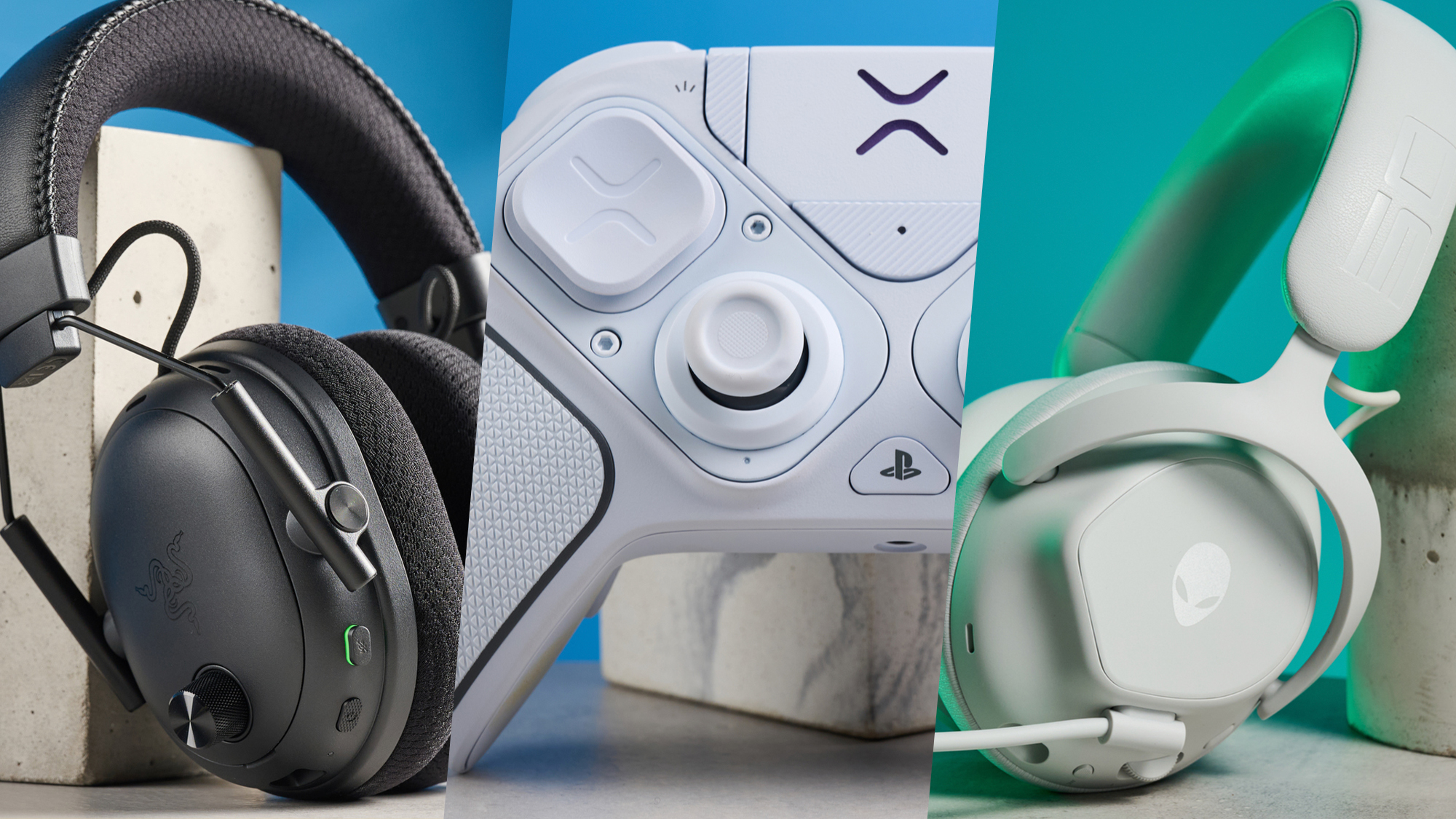OnePlus 11 benchmarks — how does it compare to Galaxy S23 and iPhone 14 Pro?
Find out how the OnePlus 11 performance compares to other phones

Our OnePlus 11 review is out, which means our OnePlus 11 benchmarks are, too. And the numbers are especially interesting in light of the phone's new Snapdragon 8 Gen 2 chipset that promises a big leap in improvement over past Android phones.
Adding to the interest in OnePlus 11 benchmarks is that OnePlus' new flagship isn't the only one running on Qualcomm's latest Snapdragon silicon. The Galaxy S23 family also features the Snapdragon 8 Gen 2 — only those phones are using a version of the chipset that's been customized specifically for Samsung phones, with a faster clock speed than the one that the OnePlus 11 uses.
So when we talk OnePlus 11 benchmarks, we're really looking at three different things: 1) what kind of performance to expect from the OnePlus 11; 2) whether the Snapdragon 8 Gen 2 for Galaxy powering the new Samsung flagships gives those phones and edge over the OnePlus 11; and 3) how close the OnePlus 11 gets to the iPhone 14 models, which currently set the standard for mobile phone performance.
Here's a closer look at the OnePlus 11 benchmarks and how the new phone's performance compares to other top devices.
OnePlus 11 benchmarks: Overall performance
We use Geekbench to measure overall performance, because it allows us to easily compare phones running on different operating systems (that is, Android vs. iOS). Apple's iPhones typically dominate Geekbench results, but phones powered by the Snapdragon 8 Gen 2 have closed that gap considerably. It's a trend that continues with the OnePlus 11.
| Phone | Chipset | Geekbench 5 single core | Geekbench 5 multicore |
| OnePlus 11 | Snapdragon 8 Gen 2 | 1,166 | 4,692 |
| Samsung Galaxy S23 Ultra | Snapdragon 8 Gen 2 for Galaxy | 1,578 | 5,081 |
| iPhone 14 Pro | A16 Bionic | 1,891 | 5,469 |
| iPhone 14 | A15 Bionic | 1,727 | 4,553 |
| Google Pixel 7 Pro | Tensor G2 | 1,066 | 3,046 |
| OnePlus 10 Pro | Snapdragon 8 Gen 1 | 995 | 3,482 |
The OnePlus 11 rode the Snapdragon 8 Gen 2 to a 17% improvement in the Geekbench 5 single-core test over the OnePlus 10 Pro, which runs on a Snapdragon 8 Gen 1. Multicore scores saw a bigger jump, rising 35% over last year's phone to a 4,692 result.
That wasn't enough to beat the iPhone 14 Pro, with Apple's A16 Bionic-powered continuing to beat all comers in Geekbench results. But the OnePlus 11 did finish ahead of the iPhone 14 in the multicore test. Apple uses an older A15 Bionic chipset in the standard iPhone 14 and iPhone 14 Plus models, and that's allowed Snapdragon 8 Gen 2 phones to edge ahead of those devices.
Get instant access to breaking news, the hottest reviews, great deals and helpful tips.
Looking at Geekbench numbers, we also see how the Galaxy S23 family benefits from its customized version of the Snapdragon 8 Gen 2. The Galaxy S23 Ultra finishes well ahead of the OnePlus 11 in both single- and multicore tests, even though the version of the OnePlus flagship we tested came packed with more RAM (16GB versus 12GB in the test unit used for our Galaxy S23 Ultra review).
OnePlus 11 benchmarks: Graphics
Improvements to the Snapdragon 8 Gen 2 GPU have helped phones like the Galaxy S23 Ultra beat out the iPhones in tests like 3DMark's Wild Life benchmark (Both the Unlimited and more demanding Extreme Unlimited versions). The OnePlus 11 continues that trend and comes awfully close to topping the results from our Galaxy S23 Ultra benchmarks.
| Phone | Chipset | 3DMark Wild Life Unlimited (FPS) | 3DMark Wild Life Extreme Unlimited (FPS) |
| OnePlus 11 | Snapdragon 8 Gen 2 | 84 | 22 |
| Samsung Galaxy S23 Ultra | Snapdragon 8 Gen 2 for Galaxy | 87.5 | 22.7 |
| iPhone 14 Pro | A16 Bionic | 74 | 19 |
| iPhone 14 | A15 Bionic | 69 | 15 |
| Google Pixel 7 Pro | Tensor G2 | 40 | 11 |
| OnePlus 10 Pro | Snapdragon 8 Gen 1 | 61 | 15 |
In Wild Life Unlimited, the OnePlus 11 posted an 84 frames per second result, beating both the iPhone 14 Pro (74 fps) and iPhone 14 (69 fps). OnePlus' phone also finished ahead of the latest iPhones on Wild Life Extreme Unlimited.
There wasn't much of a difference between the results posted by the OnePlus 11 and the Galaxy S23 Ultra, forcing us to go to decimal points to pick a winner in the Wild Life Extreme Unlimited test. There, the Galaxy S23 Ultra beat out the OnePlus 11 by a score of 22.7 fps to 22.1 fps. The gap on the standard Wild Life Unlimited test — 87.5 fpas to 84 was tilted a little more definitively in the Galaxy S23 Ultra's favor.
You can expect strong graphics performance from either Snapdragon 8 Gen 2-powered device, though — certainly better than last year's best Android phones were able to offer and slightly better than the iPhone 14's results.
OnePlus 11 benchmarks: Adobe Premiere Rush
As a real world-test for every smartphone we review, we use Adobe Premiere Rush to transcode a 4K video, timing the results. This test has traditionally proved challenging for Android devices, and it's one area where the OnePlus 11 came up short in our testing.
| Phone | Chipset | Video transcode time (Mins:Secs) |
| OnePlus 11 | Snapdragon 8 Gen 2 | 1:11 |
| Samsung Galaxy S23 Ultra | Snapdragon 8 Gen 2 for Galaxy | 0:39 |
| iPhone 14 Pro | A16 Bionic | 0:26 |
| iPhone 14 | A15 Bionic | 0:28 |
| Google Pixel 7 Pro | Tensor G2 | 0:37 |
| OnePlus 10 Pro | Snapdragon 8 Gen 1 | 1::02 |
Of the phones listed here, the iPhone 14 Pro is the pace-setter, transcoding that video in just 26 seconds. The OnePlus 11 finished well off that time, needing more than a minute to finish the task. Even more concering, the OnePlus 11 took 9 seconds longer than its predecessor, the OnePlus 10 Pro.
While the Galaxy S23 Ultra didn't approach the iPhone's numbers, it fared better than its fellow Snapdragon 8 Gen 2-powered phone, transcoding the video in just under 40 seconds. That was an improvement over its predecessor's 47-second time, so the OnePlus 11 results we saw may be specific to that phone and not necessarily Qualcomm's silicon.
OnePlus 11 benchmarks: Power efficiency
Performance is only part of the story with the Snapdragon 8 Gen 2. Qualcomm's new silicon also promises better power efficiency, and we've seen that in the form of battery life improvements for both the OnePlus 11 and Galaxy S23 Ultra.
While OnePlus 11 battery testing is a different subject altogether, we should mention that the new OnePlus flagship lasted an outstanding 13 hours and 10 minutes on our test, in which we have phones surf the web over cellular until they run out of power. That time was better than the Galaxy S22 Ultra's still impressive 12-hour, 22-minute result. While both phones landed a spot on our best phone battery life list, we'd chalk that OnePlus 11's superior result to the fact that the Galaxy S23 Ultra is using a chipset with a higher clock speed.
OnePlus 11 benchmarks: Overall impressions
It's a great time for Snapdragon 8 Gen 2-powered phones, and the future could be even brighter. Leaked Geekbench results reportedly show the next-generation Snapdragon 8 Gen 3 chipset pulling ahead of Apple's A16 Bionic in early testing. Of course, Qualcomm isn't likely to release that chip until late in 2023, and Apple will likely trot out new silicon of its own for the iPhone 15 Pro models.
That means for the immediate future, we've got the Snapdragon 8 Gen 2, and our OnePlus 11 benchmarks show that's a very good thing. Our test numbers confirm that the Snapdragon silicon's progress at closing the performance gap with Apple's A series chips is very real, particularly when it comes to graphics performance. Grab an Android phone with a Snapdragon 8 Gen 2 inside, and you can expect a phone that can keep up with the leaders of the pack.
Then again, not all Snapdragon 8 Gen 2-powered phones are created equal. The better numbers posted by the Galaxy S23 Ultra on all of these different tests show the value of having customized Qualcomm silicon that boosts the clock speed. The one advantage the OnePlus 11 enjoys over Samsung's phone is slightly better battery life, though the S23 Ultra is hardly a slouch in that area.
We'll have to see if the Galaxy S23 Ultra's performance translates to other Snapdragon 8 Gen 2 for Galaxy-powered S23 models, but it sounds like Samsung's phones are the ones to get if you want the top-performing Android phones. Still, the OnePlus 11 benchmarks are close enough and its price much lower — the OnePlus 11 starts at $699, $100 cheaper than the S23 — that it remains a compelling alternative.
Philip Michaels is a Managing Editor at Tom's Guide. He's been covering personal technology since 1999 and was in the building when Steve Jobs showed off the iPhone for the first time. He's been evaluating smartphones since that first iPhone debuted in 2007, and he's been following phone carriers and smartphone plans since 2015. He has strong opinions about Apple, the Oakland Athletics, old movies and proper butchery techniques. Follow him at @PhilipMichaels.

